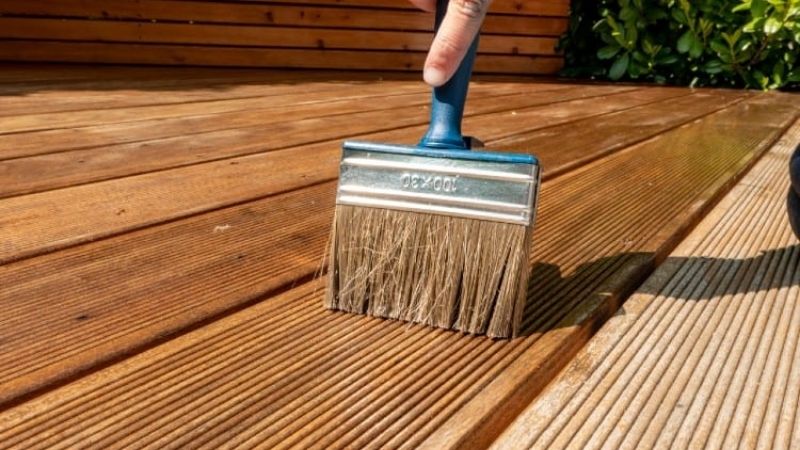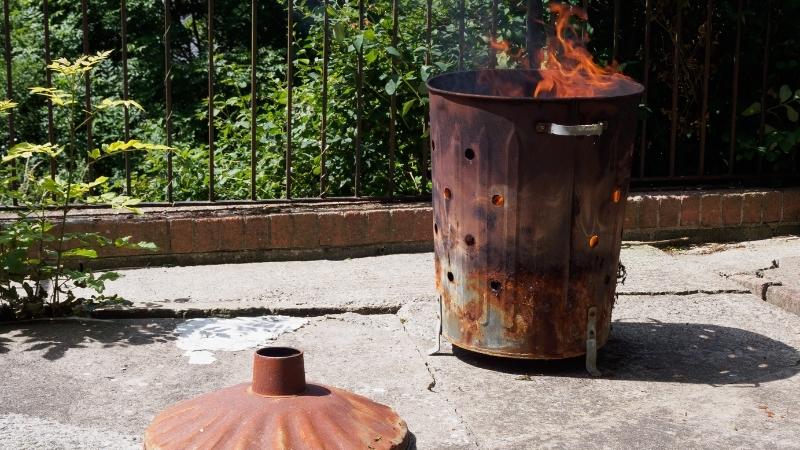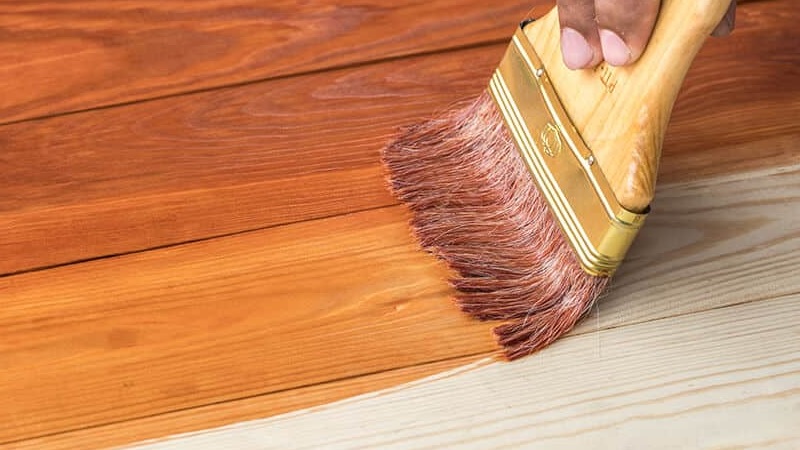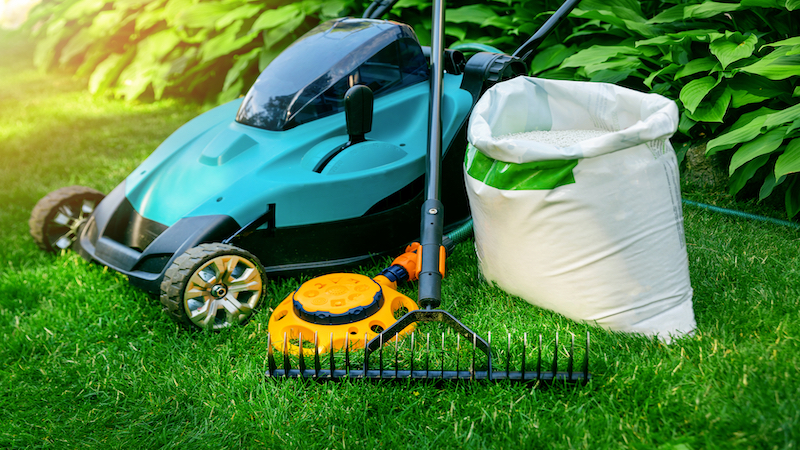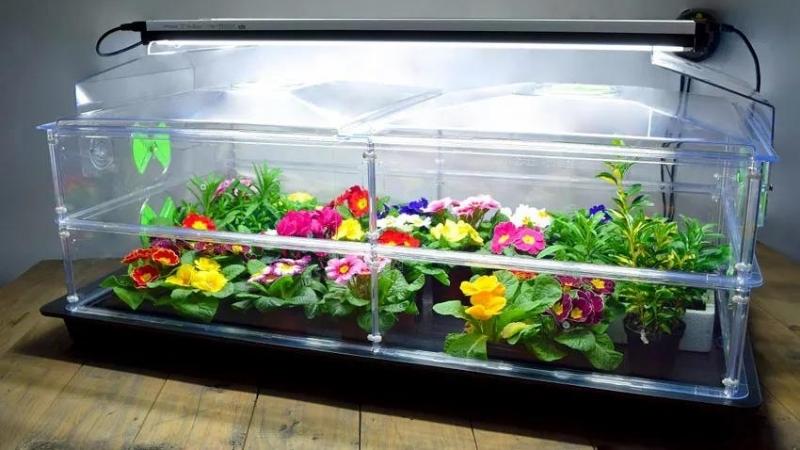A Beginners Guide to Composting

Want to know everything a newcomer should know about composting?
In this guide, we’ll break down what composting is, look at the various types of compost, and discuss what’s involved in building a compost pile with a step-by-step guide.
The following guide will prove very useful if you wish to know how to start a compost pile in your garden or elsewhere on your property.
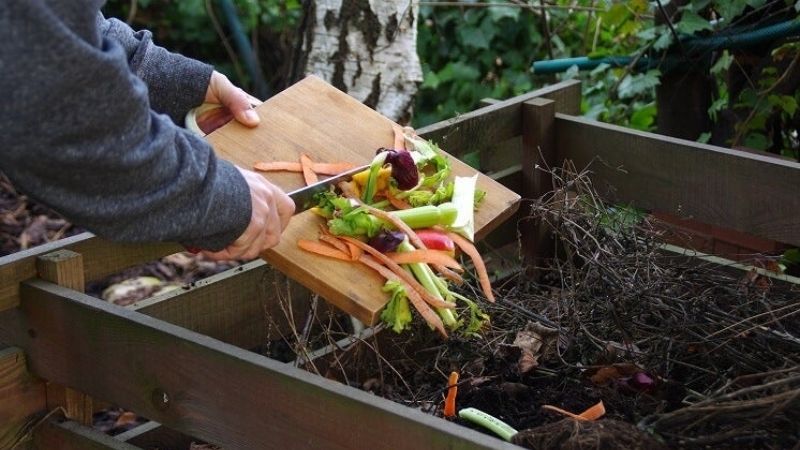
What is Composting?
Compost is a composition of various organic materials, such as decomposing plant waste, food waste, or other recycled materials. This mixture will be rich in plant nutrients and prove perfect for fertilising and enhancing your property’s soil.
It improves the structure, texture, fertility and moisture-/nutrient-holding capacity of the soil. The healthier your soil is, the healthier plant growth will be, and the less likely such plants would become diseased.
Types of Compost
You may not be aware that there are, in fact, a wide range of compost types. Let’s take a closer look at some common examples.
Loam Based Compost
These types of compost combine sand/grit, peat, and loam with plant foods added in increasing quantities.
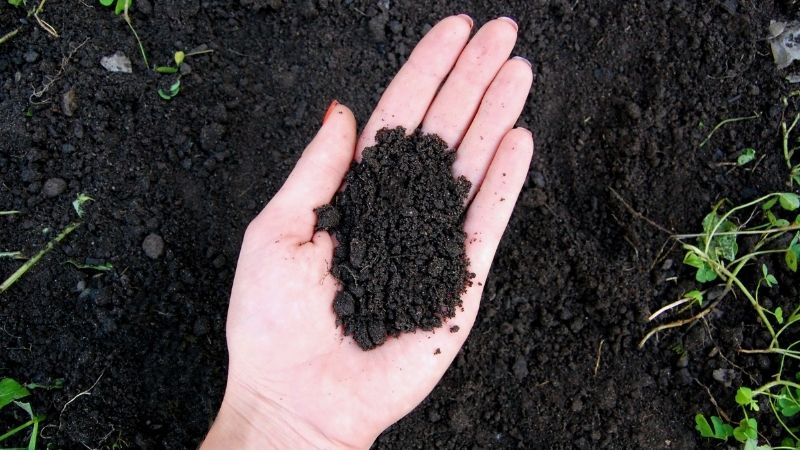
There are several products available on the market from Levington John Innes, including seed compost which contains a relatively small quantity of nutrients (ideal for germination) or No.2 Compost, great for potting up small plants.
Peat Free Compost
Peat-free compost may consist of various ingredients, including composted bark, coir, green compost, and wood fibre. As for specialist composts, these are made with the above ingredients as a base before additional ingredients are mixed in.
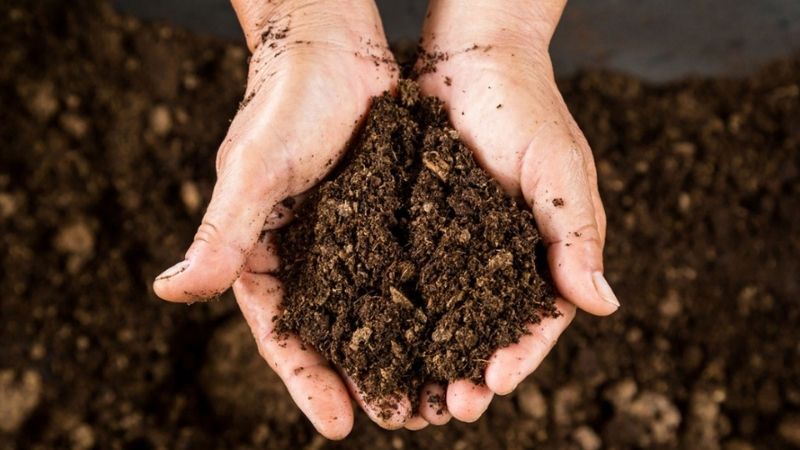
To be more specific, peat-free compost may come in the form of organic or multi-purpose compost.
Let’s take a closer look at these examples:
Organic Composts
These composts are made up of a combination of various materials like peat, composted bark, and expanded wood fibres. These ingredients are enriched with the help of natural nutrients (as taken from plants and animals) to fuel plants over time.
Multi-Purpose Compost
This form of compost comprises peat blended with a combination of additional ingredients, including wetting ages, fertiliser, sand/grit, perlite, lime, or/and vermiculite. The ideal formulation would vary based on your intended use.
How to Build a Compost Pile
We will now discuss how to compost. Here’s everything you should know for starting a compost pile:
Find The Right Location And Time Of Year
To start with, you’ll need to find a good spot. It’s important that you choose somewhere where the compost pile will be easy to access.
You may still want to keep it out of plain view from inside your home, just for aesthetic purposes, assuming it’s possible to do so while it remains accessible. You could, of course, screen it off if you’d like.
The pile shouldn’t be too far from your home (applicable, particularly if you have quite a large garden), as you’d need to water it during periods with little or no precipitation.
For this reason, you should be able to reach the pile with a water hose. The pile should be kept away from structures, given that the composting process involves decay and rot. For that reason, you want to keep it isolated from the likes of your house, fencing, or even a shed.
You should take a look at local ordinances for your municipality in relation to where you cannot place compost within proximity of lot lines (i.e. it may not be the case that you can place a compost pile anywhere on your property).
While you are free to establish a compost pile at any point of the year, some periods are preferable over others. For instance, high-nitrogen materials are present in the spring or summer, but carbon material, not so much.
However, both high-nitrogen and high-carbon matter are common during the autumn months, with examples being lawn trimmings and dead leaves.
Building a simple mound is the easiest way to create a compost pile. In this case, you should place everything in a heap and allow it to rot. Alternatively, you could close it off with the likes of boards, rocks, fencing, or pieces of concrete.
However, to create a more efficient and speedy way of dealing with this, you could use a composting bin and create a vermicompost system. With an enclosure, compost bins tend to be a more efficient way of allowing organic matter to decompose.
Building a Container
Should you wish to construct a container for your pile, here’s what you need to know.
For a very simple container, you should first measure a plot of three inches x three inches to provide enough space for organic material that will not ruin the view of your back garden. Next, buy some timber 2x4s (or wooden stakes of a similar size).
It’s important that you can drive the 2x4s into the space of three inches x three inches, and they should be roughly half a foot each around the perimeter. You may need about 15-20 stakes for this.
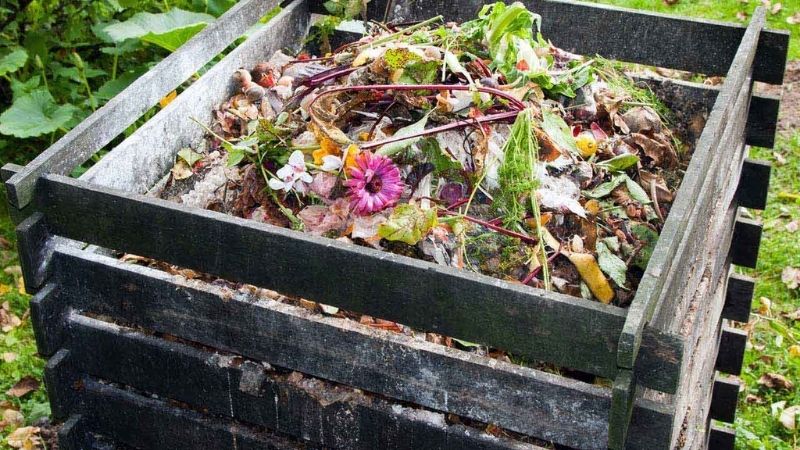
You can drive a stake into the surface about each half-foot until a square has been sectioned off. It may be preferable to leave an opening on one side to make things easier for reaching the pile and turning it using a fork/shovel.
Creating Your Compost Pile
So, with everything ready, it’s time to let your compost pile grow and flourish. Firstly, something very important; you need to know what can and cannot be added to a compost pile.
To begin with, pretty much anything that rots can be added to a compost pile with the exception of diseased or greasy plants. For example, food like meat and cheese would not decay properly and could attract rodents and the type of insects you wouldn’t want working on your compost pile.
As for diseased plants, it is best to use a container that comes with a heating function designed to kill off pathogens. Unless you keep on top of turning your compost pile every few days, the pile will heat unevenly.
So it’s important to be careful that all plant material has time in the middle of the compost pile. For that reason, it’s better not to include diseased plants to reduce the risk of spreading disease in your garden.
You’ll also want to ensure you achieve a good balance of green nitrogen and carbon material (dead/dry/brown matter). It’s generally best advised to have a combination of a 60/40 split of carbon and nitrogen. It is best to lightly mist each layer of the materials with a garden hose. You don’t want to soak them or make them wet.
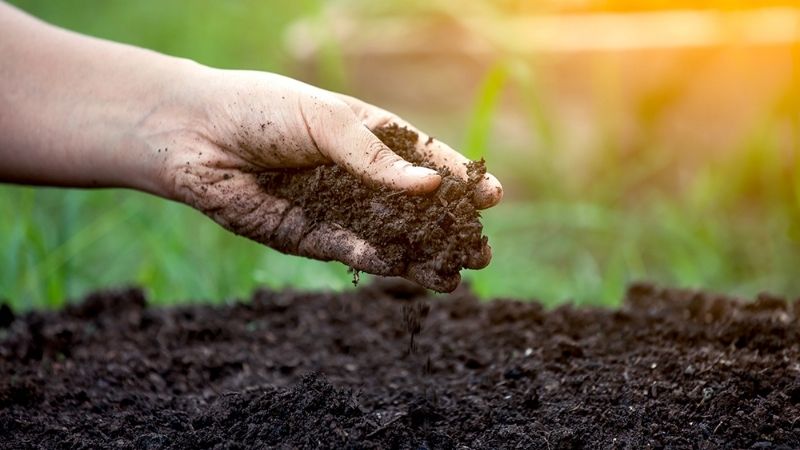
Where green material such as grass is present, a suitable carbon source such as newspaper, dry leaves, straw, shredded cardboard, small branches/twigs, paper towel, used animal bedding, and sawdust/wood chips may be added.
Another point of consideration…
Do you want to shred your materials? This is completely up to you, but shredding can speed up the decomposition process by quite a bit. Shredding can also make the pile look that bit neater and one that can be turned more easily.
However, it’s important that you don’t shred moist organic matter or highly vegetative material as they can end up too soggy. Also, the moisture content of these materials means that aerobic decomposition is much trickier.
Next, you’ll want to start layering material. This is the fun part. Each time you increase your pile, you’ll want to add more layers. It’s important to ensure that you add the correct layers, with the first being carbon, the second being nitrogen, and the third topsoil.
To give examples of these layers, carbon material would include sod, leaves, straw, hay, chopped corn cobs, untreated sawdust, small twigs, and corn stalks.
The bulkier items should be placed at the bottom of the compost pile with the lighter materials on top. As for the second nitrogen layer, you need fertilisers, grass clippings, manure, garden debris, vegetable waste, and so forth.
For the topsoil, you want to steer clear of sterile potting soils and soils that have been treated with insecticides.
Beyond that, you should add some twigs if you have some. Roughly every eight inches, you should add coarse matter to ensure the correct airflow. Large plant stems or twigs are perfect. Alternatively, you could add non-compostable material once it’s not going to leak toxins into the compost.
Once you’ve got your compost pile up and running, it’s important that you maintain it well and address issues that arise in good time.

